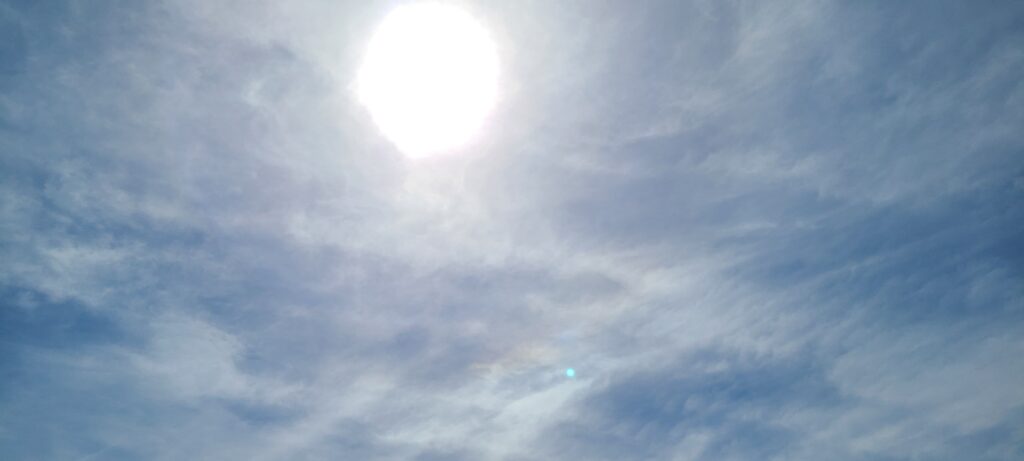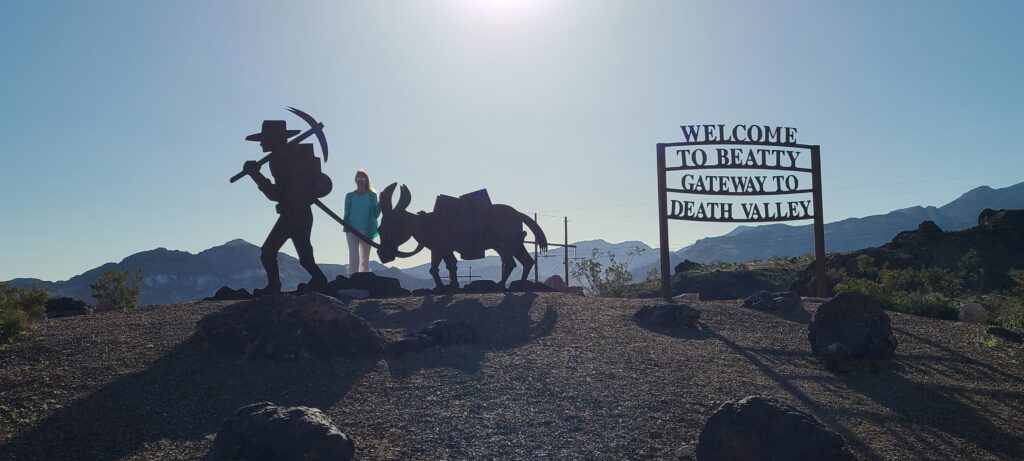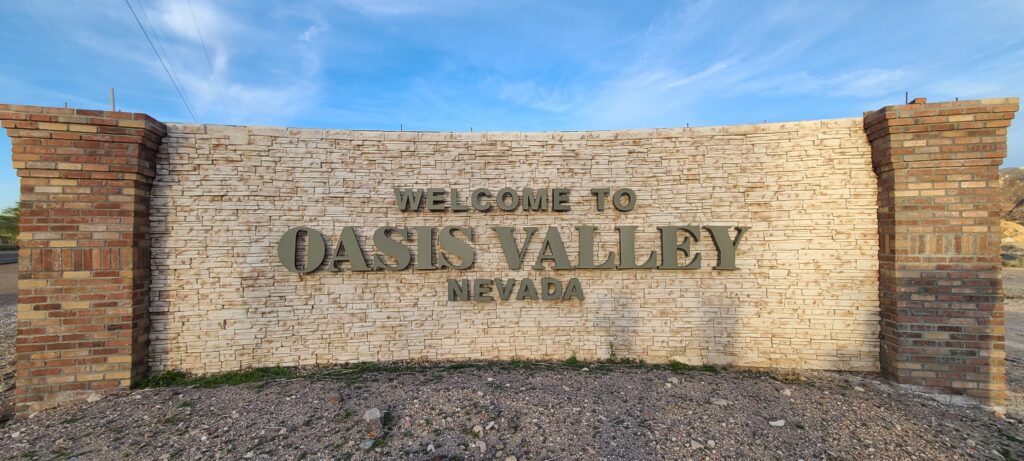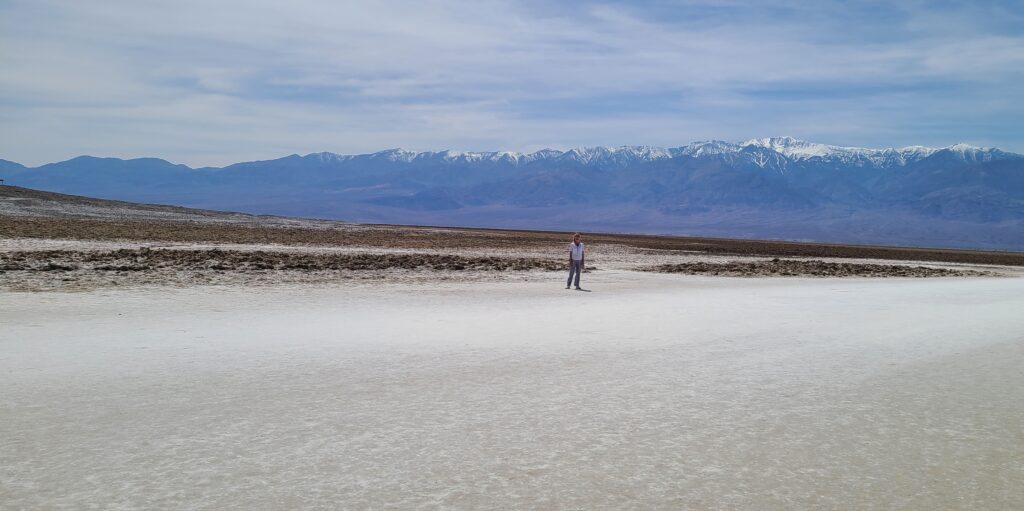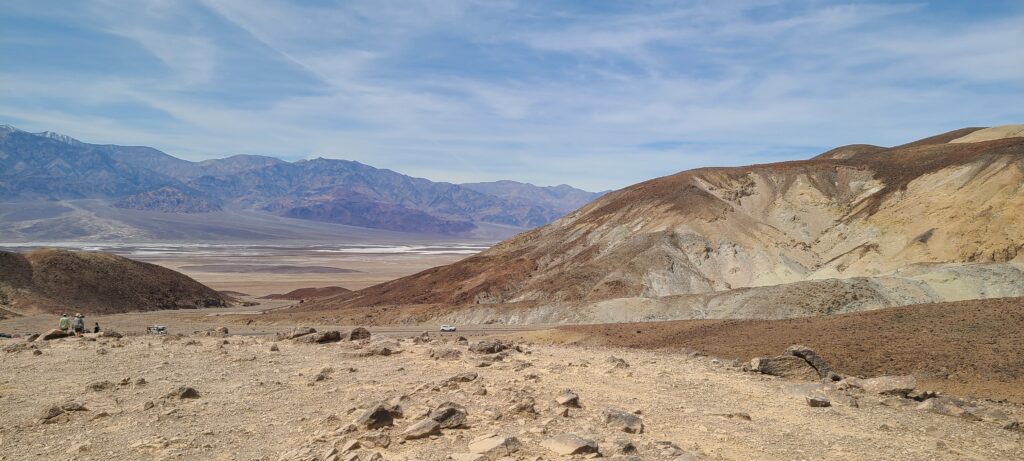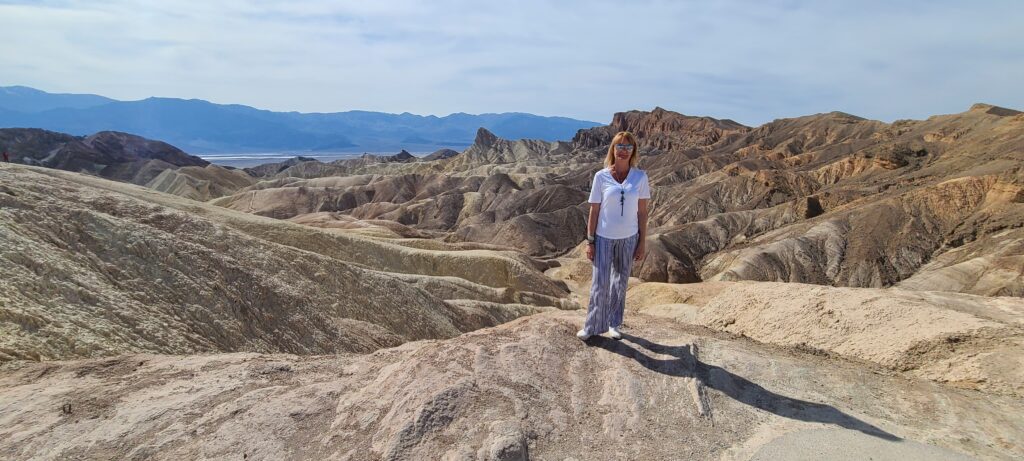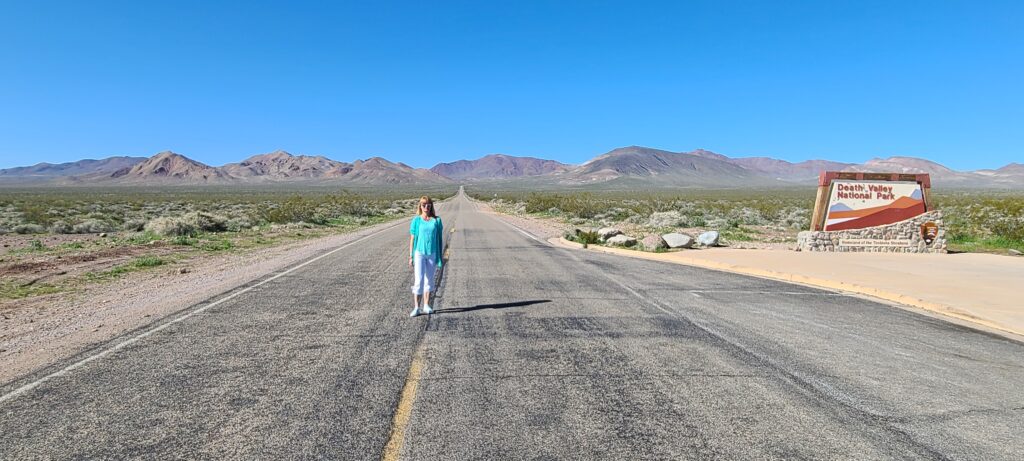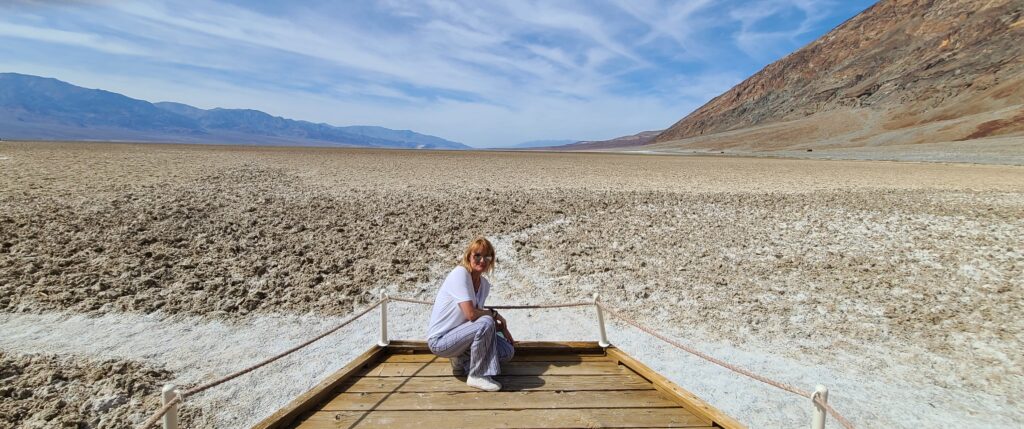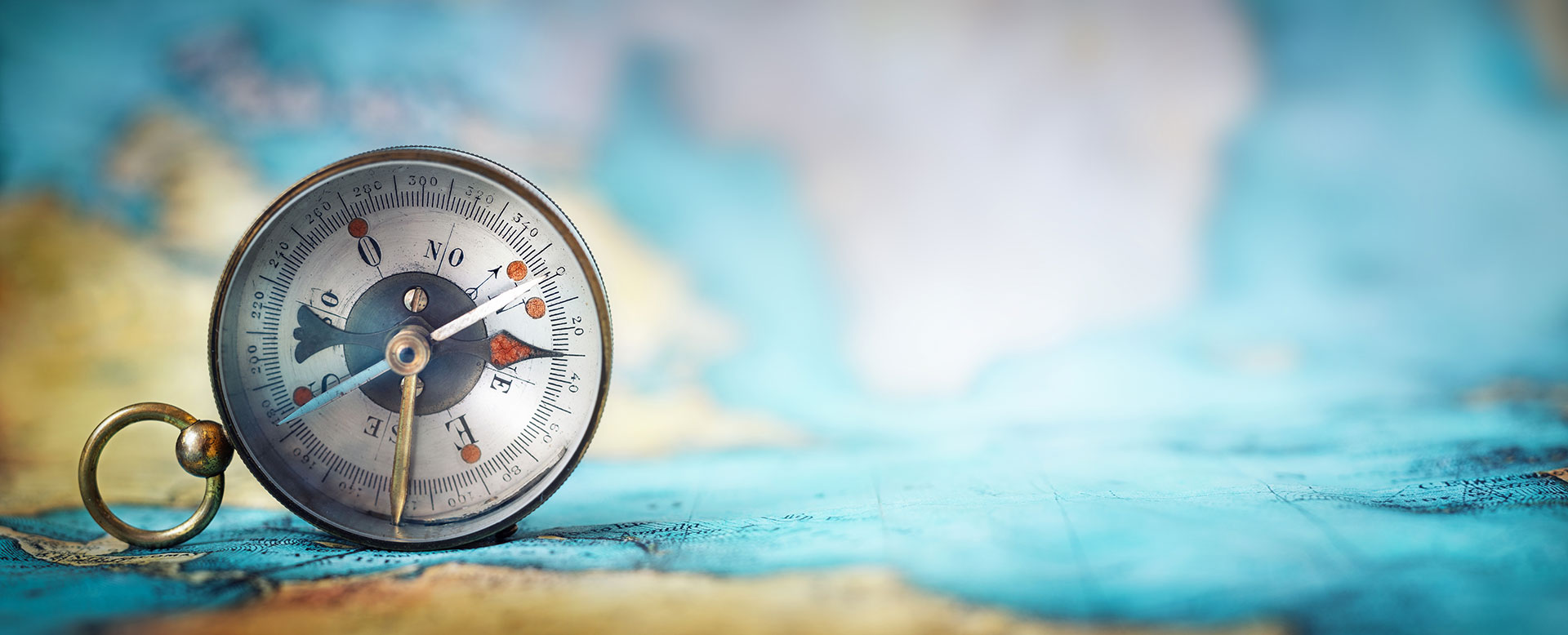Discovering the world / Odkrywając świat, Interesting facts / Ciekawostki, Traveler's guide / Podróznicze porady
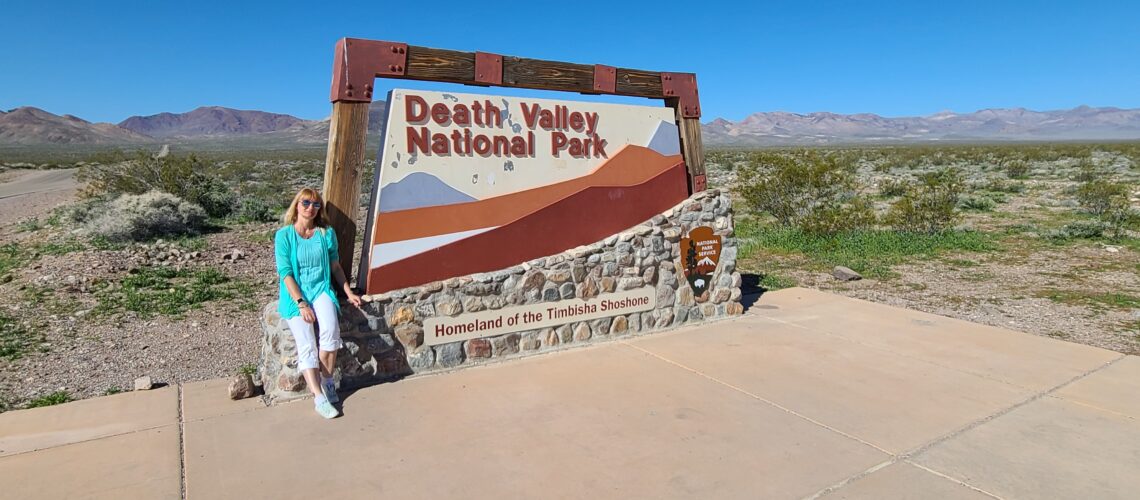
September 16, 2023
Death Valley part 2 – climate and temperatures
In our recent post we talked generally about Death Valley and best places to visit there. We are going to present some of those points of interest separately, in next few months. Today, I’d like to focus on a very important subject, that many of my guests are frequently asking about: when is the best time to visit? Death Valley is considered to be the hottest place on Earth, where maximum recorder temperature reached 134° F on 13 July 1913.
The scorching temperatures and warm winds, especially in summer, are unbearable to most people. Since the summer is a popular time to visit California, the weather in Death Valley becomes a real problem for many visitors.
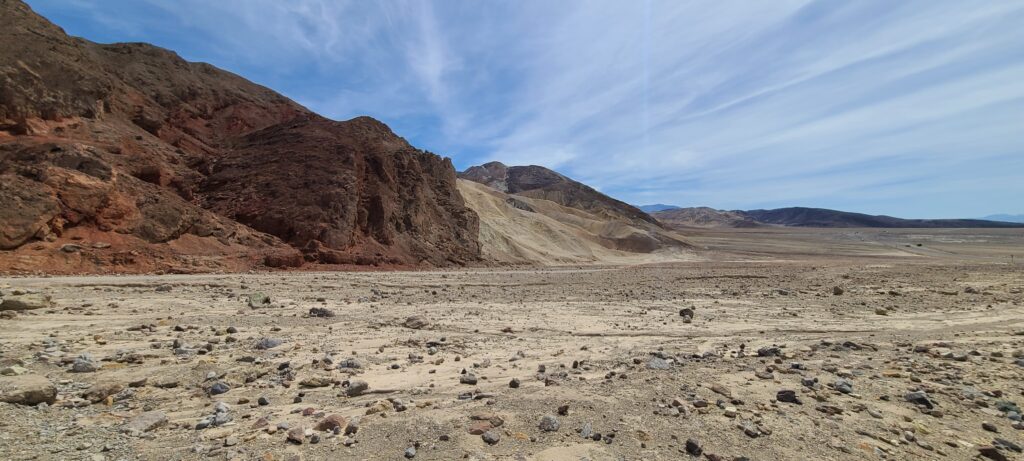
Temperatures
To make you understand what to expect from the climate and landscape of this valley, remember that the immense, arid saline depression of Badwater Basin is 282 ft below sea level. Death Valley has some incredible views not to be missed, but in the summer months, you won’t be able to stay out of the car for more than a few minutes.
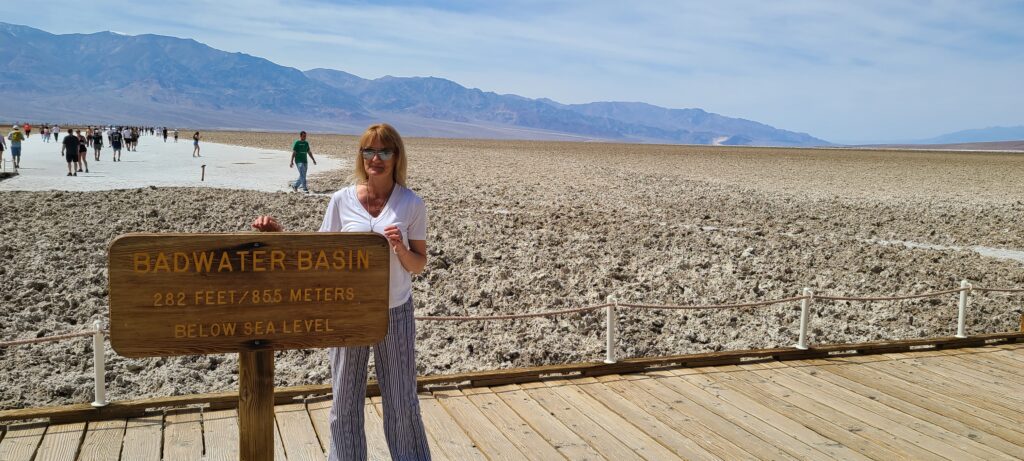
Temperature record
To say that that the temperatures are high is an understatement. In the summer, the peak temperature of the day is 113° F or above, and it often reaches 122° F. The record is still that set on 13 July 1913: 134° F, but it was nearly broken in August 2020, when the temperature rose to 131°F. The heat, fortunately, is dry and not humid, which lowers the perceived temperature a bit.
The lows in July and August are between 60 and 65° F at night, which is why I always recommend going for a drive around the park during the early morning hours.
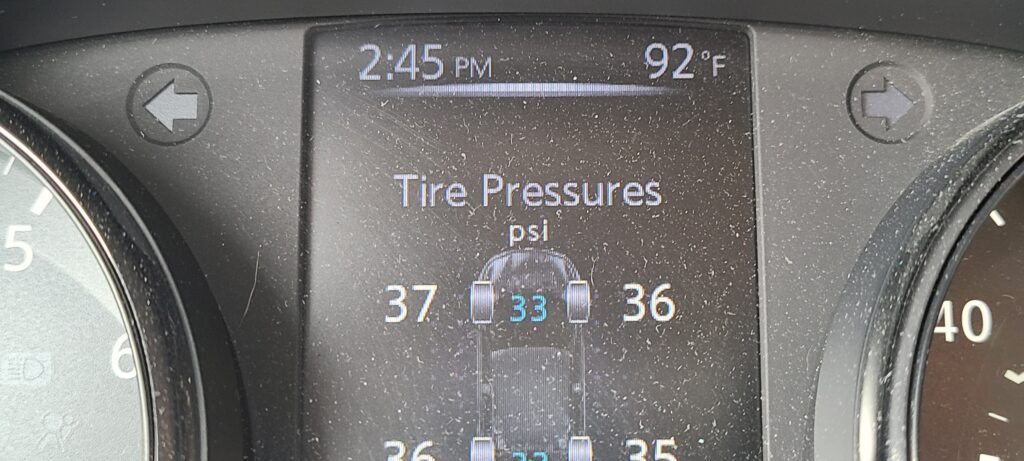

Best time to visit
The best time of year to visit Death Valley for some people is the winter. You can enjoy the park without succumbing to the dry heat that characterizes the area. Others prefer the relatively “mild” climate of fall and spring.
In winter, the weather conditions in Death Valley are comparably mild. Between December and March, low temperatures usually range between 39 and 54° F, while the high temperatures get to be between 68 and 77°. In February, the daily peak temperatures can reach 91-93° F. During the night, temperatures drop even below freezing. As you can imagine, this is the season this national park receives the most visitors.
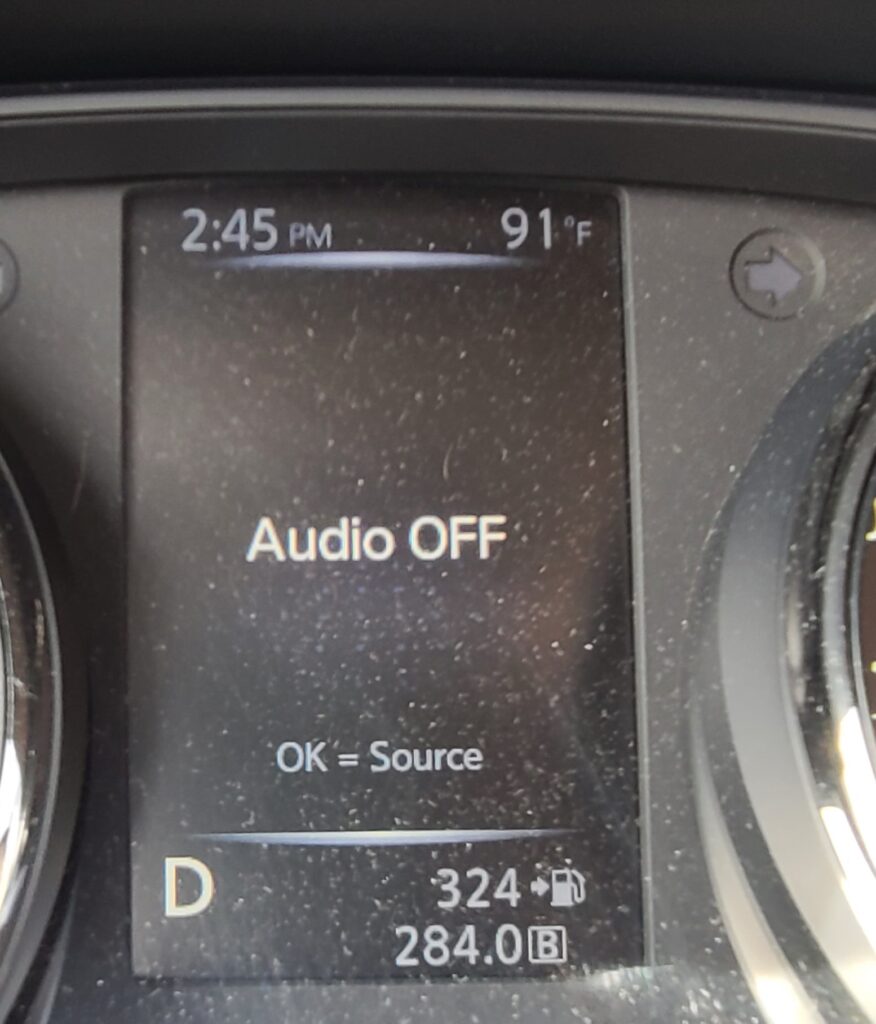
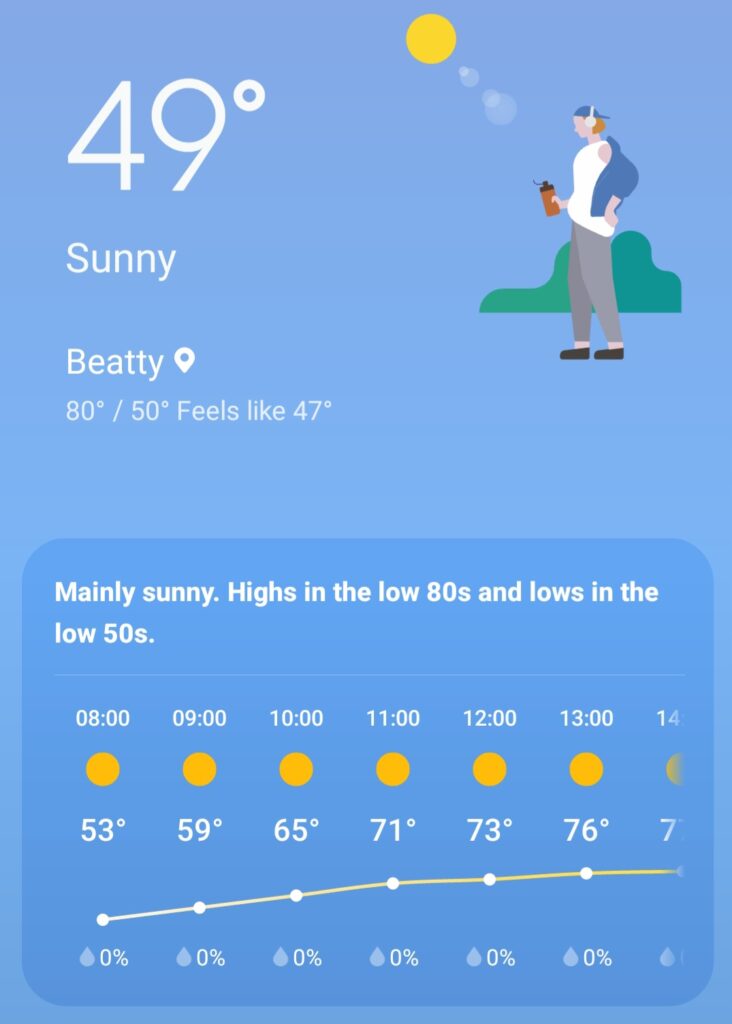
As previously mentioned, fall and spring are also popular times to visit Death Valley. Keep in mind that in April, however, the low temperatures are on average around 63°F, the maximum temperatures exceed 91° F, with peak temperatures above 104°. In November, the low temperatures are between 61° (min) and 93° F (max).
Snow in Death Valley is a rare and fascinating event. In winter you can see the highest peaks of the park covered by a blanket of snow. It is just as rare that it will rain. In Death Valley, it never rains more than 10 days a year, and the highest concentration of rainfall is in March and December (2-3 days a month).
This year was an exception, as it rained quite a lot. Due to the recent tropical storm, Death Valley was closed as it flooded.
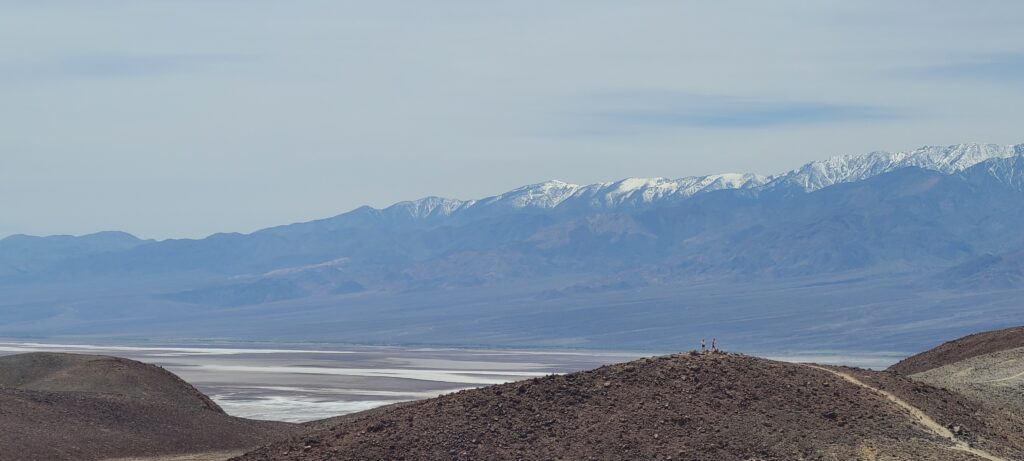
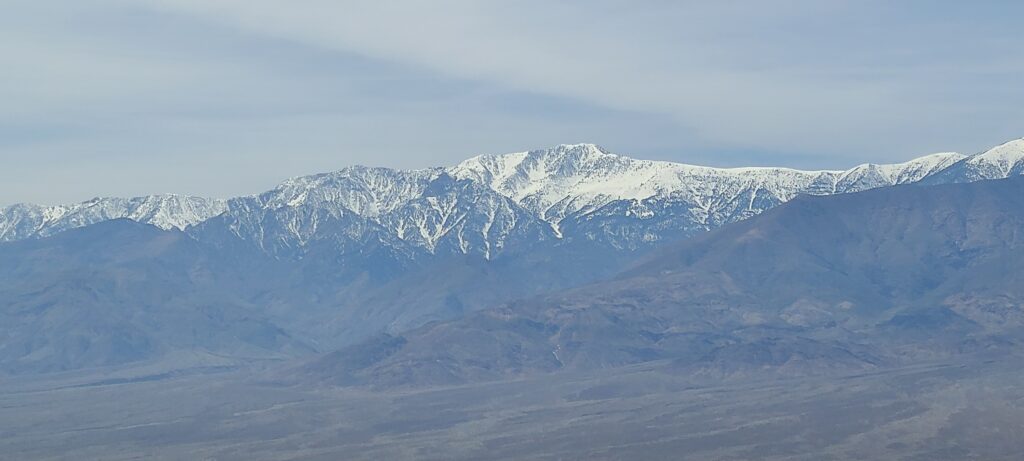
Warmest months
The best months are November, February and March, during which you can also venture along somewhat longer trails, such as the Golden Canyon Trail or the Mosaic Canyon Trail. In the winter it might be useful to bring an anorak for when the temperatures drop, especially at night. In the spring you can see some desert plants in bloom.
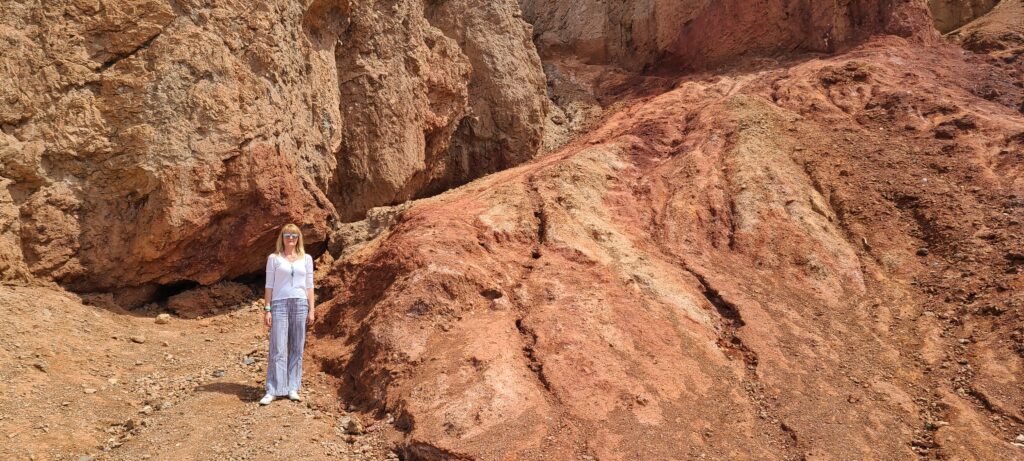
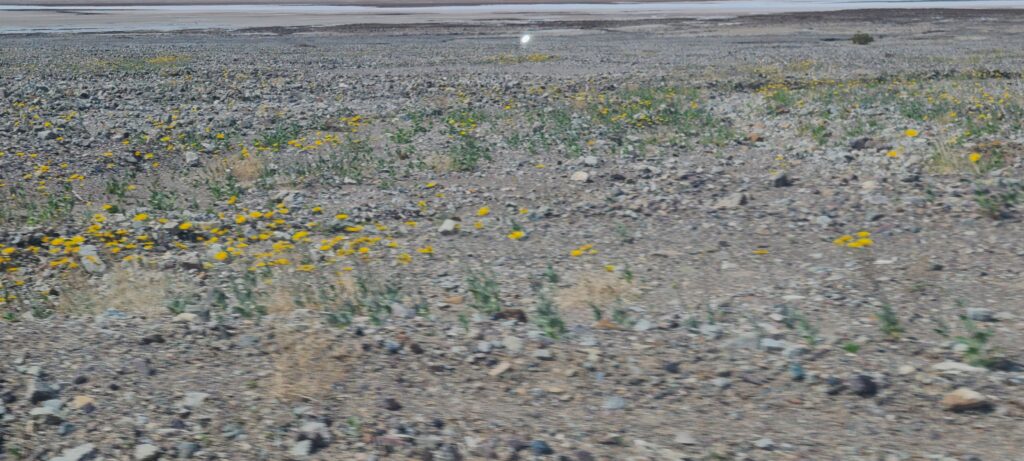
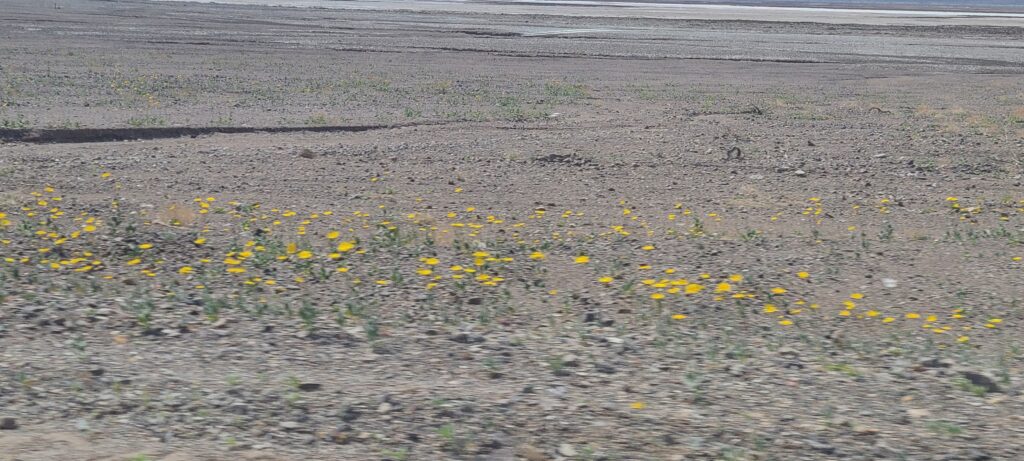
Summer months
If you still decide to visit Death Valley in the summer months, follow these tips to avoid being overcome by the infernal heat of the valley:
- Concentrate your visit in the early hours of the morning. The best time is from sunrise until 11:00am. The sunrise is really beautiful at Dante’s View, at Zabriskie Point, or on the dunes of Mesquite Flats.
- Before you arrive at Death Valley, get plenty of water. Rangers recommend drinking at least one gallon of water, and recommend taking energy supplements.
- Dress appropriately. A hat, sunglasses, sunscreen and light clothing covering entire body are a must during a visit to the park.
- Do not stay out of the car for more than 10-15 minutes. Fortunately, the places of interest are all close to parking lots, so you can just get out of the car without hiking.
- Stay on the main roads and trails. In this heat it’s not worth the risk of getting lost. In addition, in most areas of the park there is no phone reception, so in case of emergency it’s best not to leave the car.
- A good solution is to stay in the lodges inside the park or in the hotels located in the immediate vicinity of the park (in Beatty, for example).
